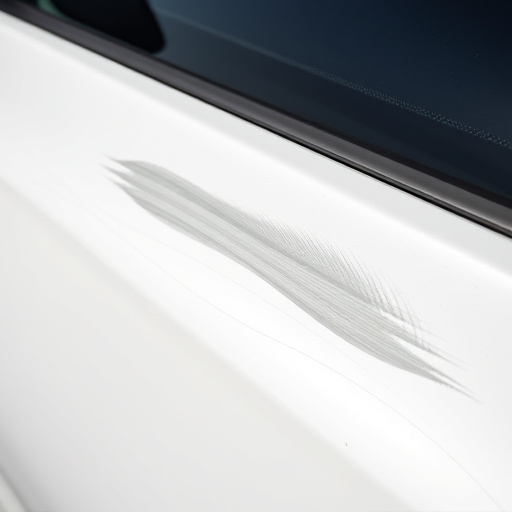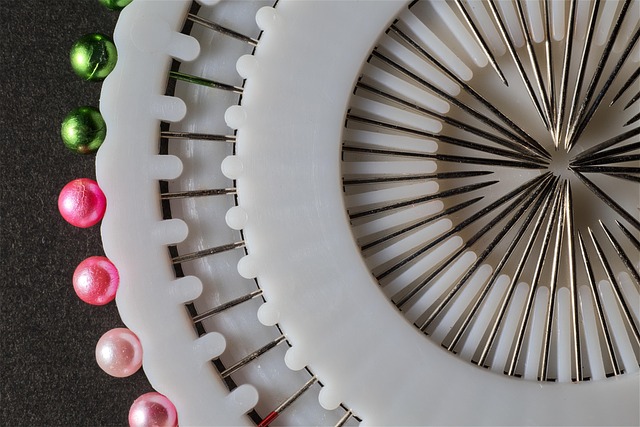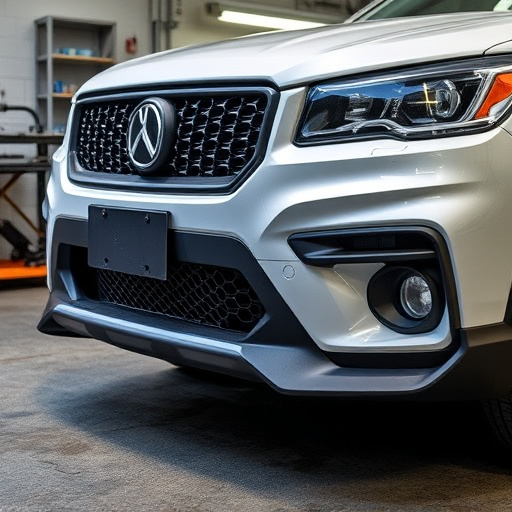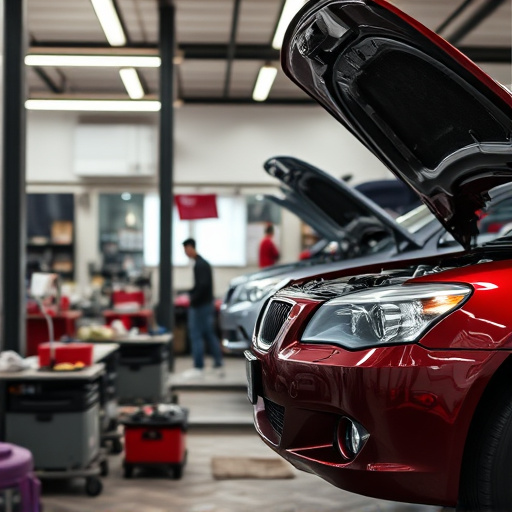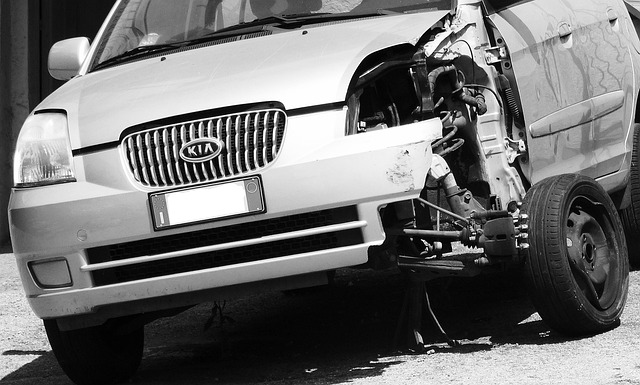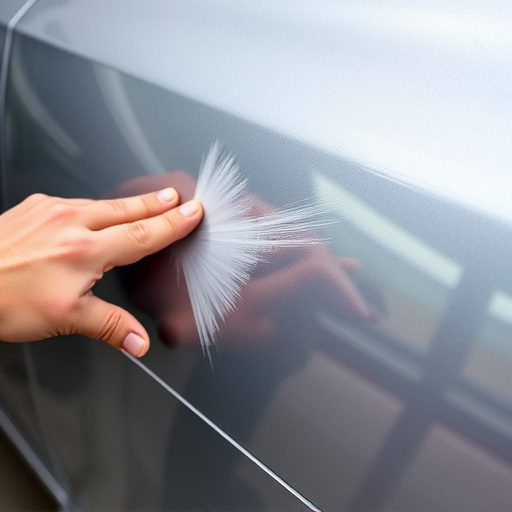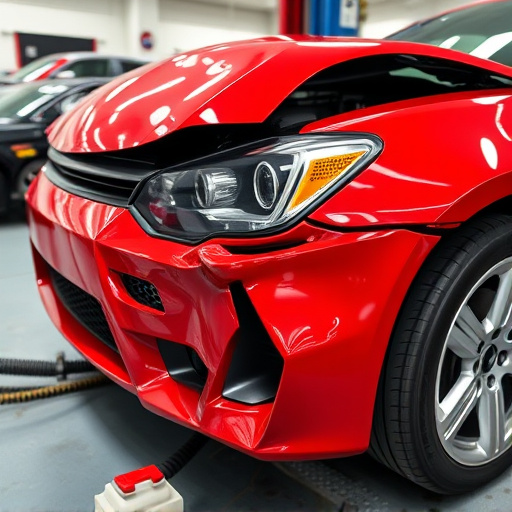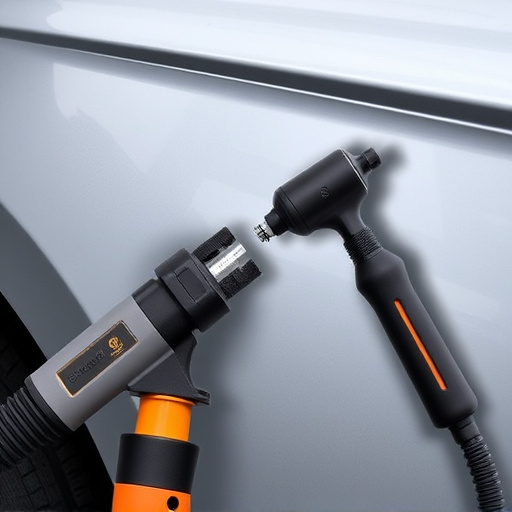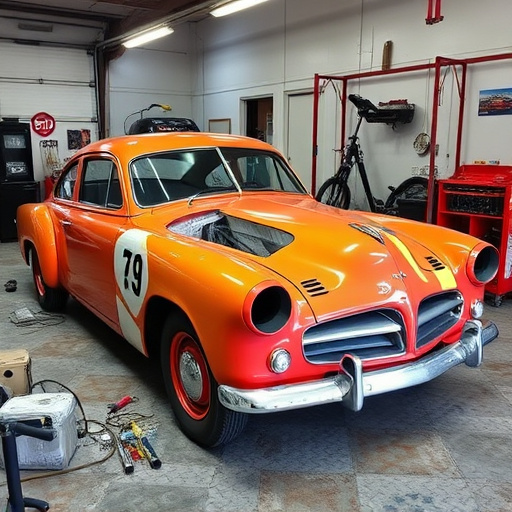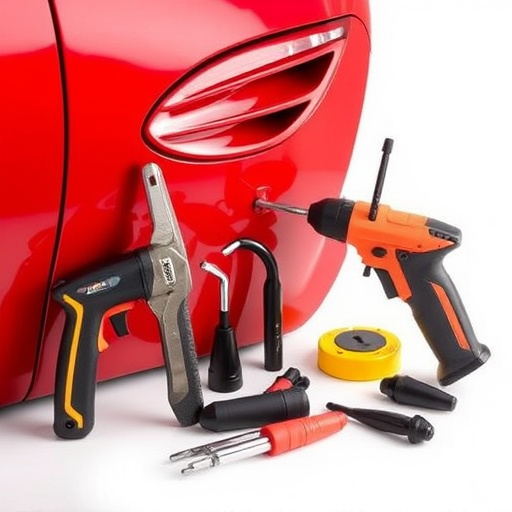Salvage auto body parts from recycling centers offer a cost-effective option for repairs, but quality varies. Prioritize compatibility and testing for reliable performance. Strategize by finding reputable dealers or online platforms for a wide variety of certified or tested parts, ideal for luxury vehicle repairs. Compare prices and part conditions to make informed purchasing decisions.
Buying salvage auto body parts can be a cost-effective way to repair vehicles, but it’s crucial to know what you’re doing. This guide provides expert tips for navigating the process safely and effectively. We’ll explore understanding the unique characteristics of salvage parts, evaluating their quality and compatibility with your vehicle, and leveraging strategic sourcing and purchasing methods. By following these insights, you can confidently acquire high-quality, affordable body parts from the salvage yard.
- Understanding Salvage Auto Body Parts
- Evaluating Quality and Compatibility
- Sourcing and Purchasing Strategies
Understanding Salvage Auto Body Parts

Salvage auto body parts refer to vehicle components that have been recovered or reclaimed from damaged or destroyed cars. They are typically sourced from insurance auctions, car wrecking yards, and salvage yards. These parts can range from complete panels like doors, fenders, and hoods, to smaller pieces such as brackets, seals, and hardware. Understanding the nature of these parts is crucial when buying them. Unlike new or remanufactured parts, salvage auto body parts may show signs of wear and tear, and their quality can vary significantly.
When considering salvage auto body parts, it’s essential to balance cost-effectiveness with compatibility and condition. Many auto repair shops and vehicle dent repair specialists find that these parts offer a more affordable alternative to new or original equipment manufacturer (OEM) parts. However, before purchasing, ensure that the part is in good condition, properly tested for functionality, and compatible with your specific make and model. This not only guarantees a reliable replacement but also supports the growing trend of sustainable automotive repair services by promoting the reuse of materials.
Evaluating Quality and Compatibility

When purchasing salvage auto body parts, evaluating quality and compatibility is paramount to ensure successful automotive repair. Start by checking for any signs of damage or wear beyond what’s typically expected from a fender bender or minor accident. The structural integrity of the part must be intact; twisted, bent, or broken pieces are unacceptable. Inspect the surface for rust, as this can compromise the durability and safety of the component during installation. Look for original manufacturer parts or those certified by reputable standards to guarantee quality.
Compatibility is another critical factor. Ensure that the salvage auto body parts you choose match your vehicle’s make, model, and year precisely. Check part numbers, dimensions, and specifications against those listed in your owner’s manual or automotive repair resources. Proper fitment ensures seamless integration during installation, preventing additional issues like misalignment or uneven paint jobs, which can complicate subsequent vehicle paint repair processes.
Sourcing and Purchasing Strategies

When sourcing and purchasing salvage auto body parts, a strategic approach is key. Start by identifying reputable dealers or online platforms specializing in salvaged parts. These resources often offer a wide variety, ensuring you find the specific components needed for your repair project. Many such dealers have well-organized catalogs, making it easier to search for parts by make, model, and year.
For those prioritizing quality and authenticity, consider seeking out certified or tested salvage parts. Reputable dealers ensure these pieces meet certain standards, offering peace of mind during installation at a car repair shop. This strategy is especially beneficial when dealing with luxury vehicle repairs, where precision and original equipment are paramount. Remember to compare prices and consider the overall condition of the parts to make an informed purchasing decision that aligns with your auto maintenance goals.
When buying salvage auto body parts, understanding their value and proper evaluation are key. By following expert tips on quality assessment and smart sourcing strategies, you can navigate this unique market effectively. Remember, a well-sourced salvage part can be a game-changer for repairs, offering both cost savings and compatibility without compromising safety or performance. Embrace the benefits of salvage auto body parts and give your vehicle a second chance.

